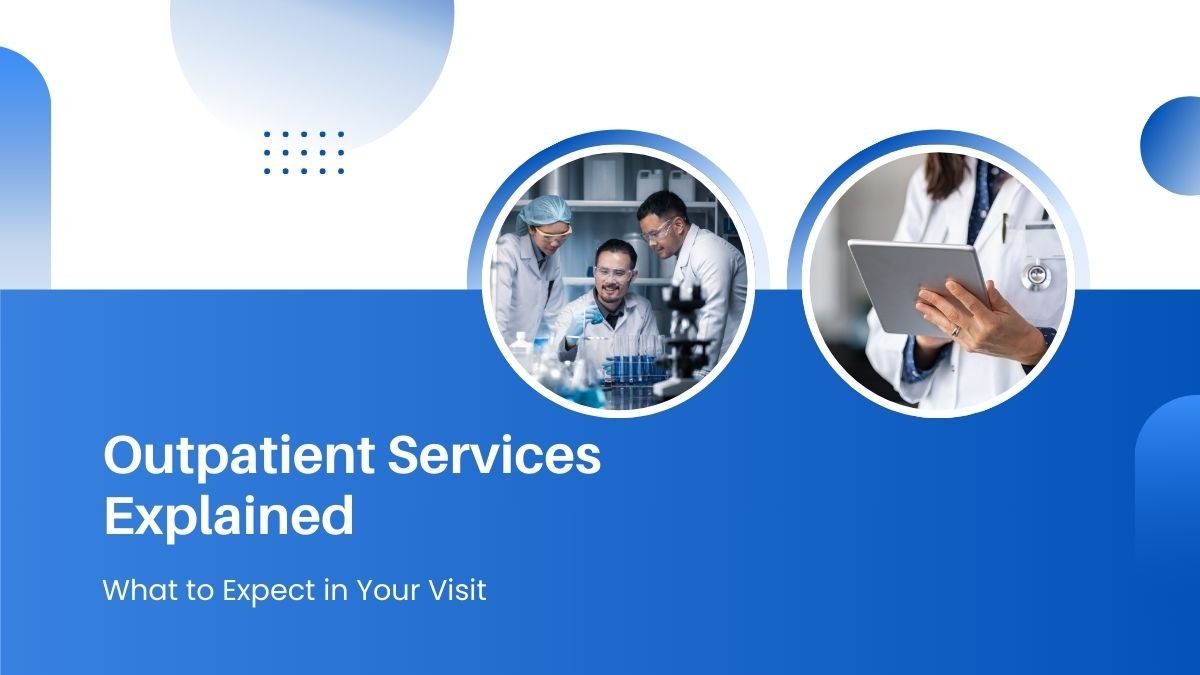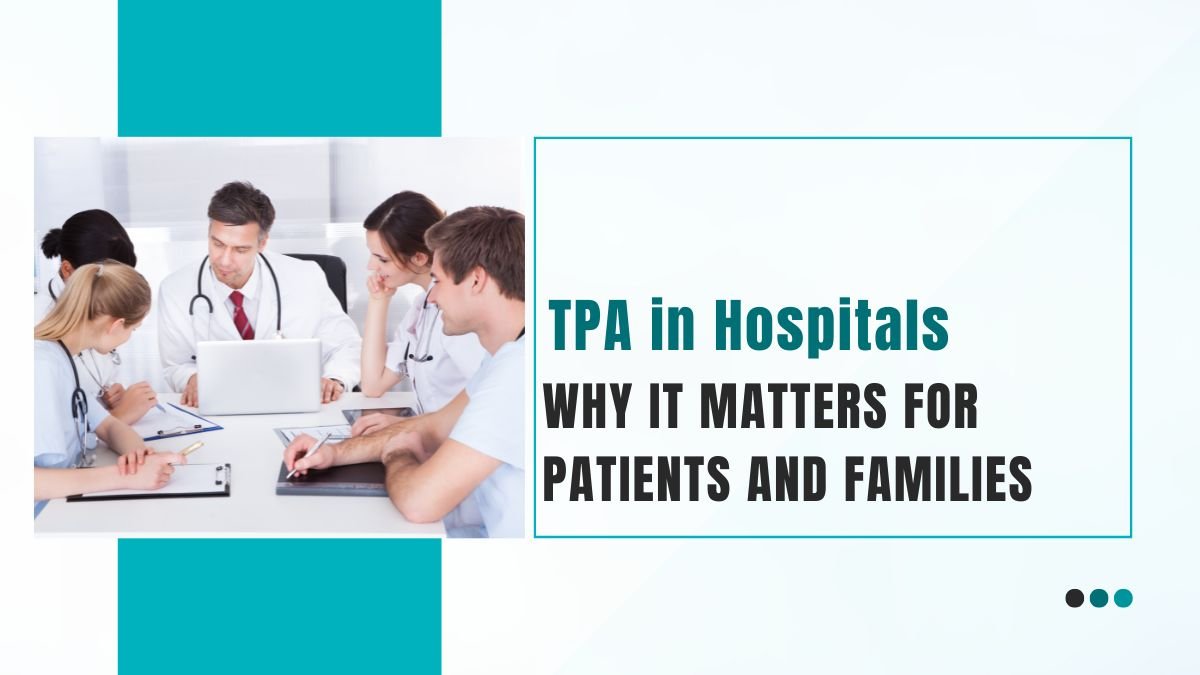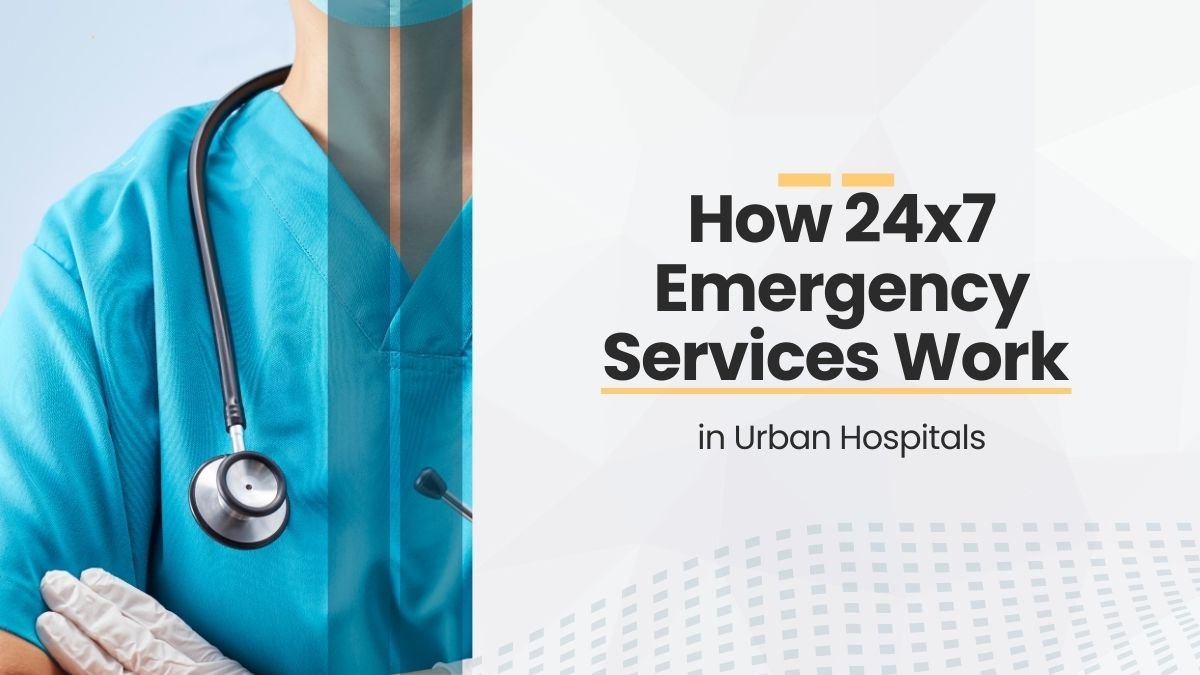IoT technology in smart hospital – how the world of healthcare is changing
The era we are living in has become completely digital. Now not only mobile and laptop, but even everyday things are connected to the internet. This technology is called Internet of Things, which we call IoT in short. It means – devices that connect to the internet and send, receive and share data.
Now this technology is not limited to just smart home, car, or industry. The use of IoT is also increasing continuously in healthcare. Especially in smart hospitals, i.e. modern hospitals, where patient care is being made better, faster and safer.
So let us understand in detail how IoT devices are giving a new shape to healthcare.
Monitoring patients is now easier than before – Real Time Monitoring
What used to happen earlier?
Earlier, to know the condition of the patient, the nurse or doctor had to check manually again and again. If the patient’s health suddenly deteriorates, the staff does not know until an alarm rings or a staff member notices it.
What has changed with IoT now?
Now wearable devices such as smart bands, smartwatches, or clothes with special sensors track the vital signs of the patient’s body such as:
- Heart rate
- Blood pressure
- Body temperature
- Oxygen level
All these are tracked in real time and sent directly to the hospital system.
What is the advantage?
- There is no need to connect the patient to the machine again and again.
- The staff is aware of the patient’s condition at all times.
- If there is any problem, an alert is received immediately.
- Very beneficial for ICU or post-operation patients.
Example:
Suppose an elderly patient has a heart problem. Now if any abnormal heartbeat is recorded in his smartwatch, the nursing staff will get an immediate notification and they can help on time.
Remote Patient Monitoring – Now treatment is possible from home
Now patients do not have to go to the hospital again and again for small tests. With the help of IoT based Remote Patient Monitoring System, doctors can keep an eye on the health of the patient from home.
How does it work?
- The patient is given devices that measure blood pressure, glucose level etc.
- This data is sent directly to the hospital or doctor’s system.
- The doctor can see all this from his computer or mobile.
What is the benefit of this?
- The elderly, pregnant women or patients with serious diseases get relief.
- Hospital time and resources are saved.
- The patient’s condition is regularly monitored.
Operational Efficiency – The functioning of hospitals has become smart
IoT is not limited to patients only. Its use has also increased very rapidly in the internal functioning of the hospital i.e. operation and management.
Smart Beds:
Now such beds are being installed in hospitals which automatically tell:
- When the patient was lifted
- When there is a possibility of falling from the bed
- When the bed is empty
This helps the staff to know where the need is without wasting time.
Inventory Management:
IoT devices monitor the hospital’s medicines, equipment and medical supplies:
- When is which medicine expiring?
- How much stock is there?
- Is any medicine expiring?
This reduces wastage, reduces expenses and essential things are available on time.
Data Management – Every information, at a click
Today the most important thing in healthcare is data. Patient’s condition, reports, medicines, allergies, history – everything.
What facility does IoT provide in this?
- All the information of the patient is saved on a single platform.
- The doctor gets the complete history of the patient before treatment.
- The data can be linked to EHR (Electronic Health Records).
- This data is very useful for future medical decisions.
Example:
If a patient had diabetes problems earlier, and now he has come for heart treatment, then the doctor can immediately see which medicines were given earlier, and what was the effect. This makes the treatment faster and better.
Telemedicine and IoT – Consult a doctor from home
During the pandemic, we all saw how important and useful telemedicine is. Now IoT devices have made it even better.
How?
- The patient can check blood pressure, ECG, temperature etc. from home.
- The doctor gets this data in real time.
- The doctor can see, understand and give medicine to the patient on video call.
Benefits from this:
- Convenience to people in rural and remote areas.
- Saving travel and waiting time.
- The patient also gets more convenience and satisfaction.
There are some challenges too – it is important to be cautious
Where there is technology, there are some concerns too. The same is true with IoT.
Data security and privacy:
The patient’s health report is very sensitive.
This data can be leaked if the IoT device is hacked.
Therefore it is important that:
- The device and system should be fully encrypted.
- Hospitals should have a cyber security team.
Interoperability:
The system of every IoT device is different. In such a situation, it can be difficult to connect devices of different companies in the same hospital.
Solution to this:
- Creating a standard platform
- Designing all devices to work in a common language
Conclusion – IoT has made healthcare smart and sensitive
Now we can say that IoT technology is not just an innovation, but a revolution. This technology reduces the distance between the doctor and the patient, makes the work of the staff easier, and promotes the safety and convenience of the patient.
Smart hospital Digital is no longer just a dream but has become a reality – and IoT is becoming its strongest foundation.









